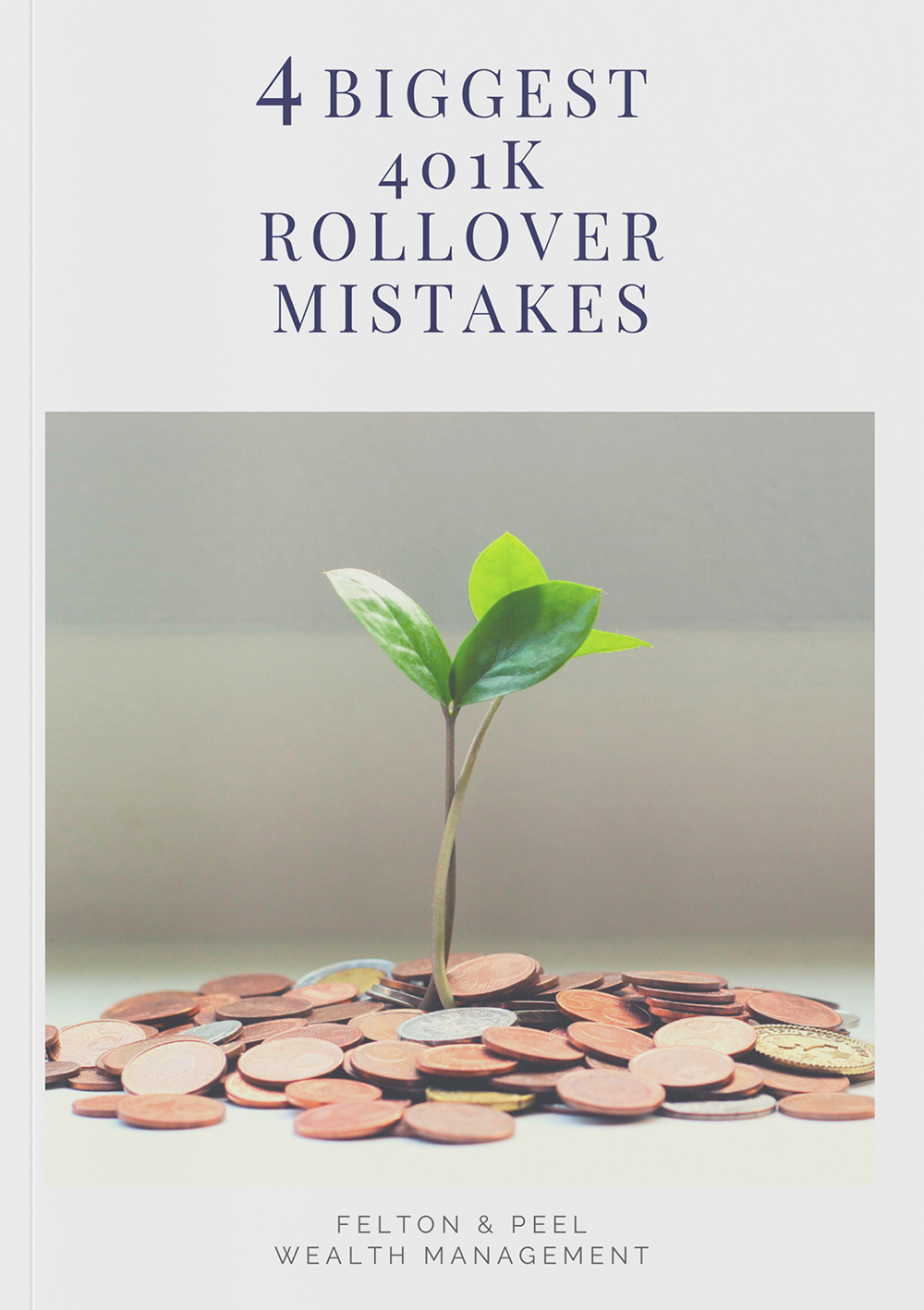
Two Key Tax Strategies for Your Portfolio in a Bear Market
Bear markets are an inevitable part of the investing journey—uncomfortable, yes, but not uncommon. Whether you’re nearing retirement, growing your portfolio, or just trying to stay calm amidst a flurry of scary headlines, knowing how to navigate a down market is just as important as knowing how to grow in a strong one.
Over the past 2+ decades alone, we’ve faced multiple bear markets:
- The Dot-Com Bust (2000–2002) saw tech stocks collapse after years of speculation, wiping out nearly half the market’s value over two painful years.
- The Global Financial Crisis (2007–2009) brought a 57% market decline as banks failed, housing prices collapsed, and the economy spiraled into recession.
- The COVID-19 Crash (2020) triggered the fastest bear market in history—dropping over 30% in just 33 days—driven by global shutdowns and pandemic panic.
And yet, we recovered every time.
While it may feel like you’re treading water, bear markets can actually be strategic windows for planning. In this post, we’ll walk through two tax-smart moves you can make during market downturns.
1. Perform a Roth Conversion
The term “Roth” has become increasingly familiar to investors since its rise in the early 2000s. But as we know, widespread recognition doesn’t always translate to deep understanding—especially when it comes to the strategic value of a Roth conversion.
So how do Roth conversions work, and why are they especially compelling during a market downturn?
A Roth conversion allows you to transfer pre-tax retirement funds—typically from a pretax workplace retirement plan account or a Rollover IRA—into a Roth IRA. The amount converted is taxed as ordinary income in the year of the conversion, but once inside the Roth, the assets grow tax-free and can be withdrawn tax-free in retirement, assuming basic requirements are met.
Let’s walk through a simple example at the Federal tax level:
- Step 1: Select the account to make the transfer from
- You have a Traditional IRA worth $175,000. However, due to a bear market, it’s now valued at $100,000.
- Step 2: Choose the amount to convert
- You decide to convert the entire $100,000 to a Roth IRA this tax year.
- Step 3: Understand the tax impact
- That $100,000 (instead of the original value of $175,000) will be added to your taxable income for the year. Assuming you’re in the 24% federal tax bracket, you’ll owe approximately $24,000 in federal taxes on the conversion.
- Step 4: Pay the taxes
- Ideally, you’d pay the $24,000 from your cash reserves, non-retirement savings, or through additional tax withholding (so the full $100,000 can move into the Roth account).
- Step 5: Let it grow
- Over time, if the market rebounds and your investments grow back to $175,000+, all of that growth—and future qualified withdrawals—will be entirely tax-free inside the Roth.
(One important caveat: If your Traditional IRA contains both pre-tax and after-tax contributions, the pro-rata rule applies. This means the taxable portion of your conversion is calculated based on the ratio of pre-tax to total IRA funds.)
As you can see, this strategy takes advantage of the temporarily reduced asset values to create long-term tax efficiency. Had you converted the same IRA when it was worth $175,000, your tax bill at the same 24% rate would have been $42,000—a full $18,000 more than converting at $100,000. By executing the conversion during a downturn, you’re essentially paying taxes on the discounted value while positioning future gains to grow and be withdrawn completely tax-free. And the best part? Your portfolio still has time to make up for the losses incurred in the downturn—potentially recovering the taxes you paid on the conversion, and then some.
So why make this conversion? Beyond locking in taxes at today’s lower asset values, a Roth IRA conversion unlocks powerful long-term planning advantages: It eliminates RMDs, reduces future Medicare IRMAA surcharges, allows you to strategically control your taxable income in retirement, enables tax-free inheritance for heirs, and can help mitigate future tax hikes by moving assets into a tax-free bucket now.
2. Harvest Long-Term Capital Losses
Some view losses as inherently negative—and in the context of a market downturn, adding realized losses on top of volatility can feel downright unbearable. (No pun intended.)
However, when approached strategically, those losses can unlock meaningful tax opportunities that not only soften the blow in the short term, but also improve your long-term planning flexibility.
Specifically, we’re talking about portfolio losses—which are realized when you sell investments at a loss. By nature, these losses are used to offset capital gains elsewhere in your portfolio, and if your losses exceed your gains, you can deduct up to $3,000 per year against ordinary income. The unused portion? It carries forward indefinitely, giving you a tool to reduce taxes in future years.
While it may not get the same spotlight as other tax strategies, harvesting investment losses is a powerful move—especially when used intentionally. It opens the door to strategic rebalancing: you can exit appreciated positions, realize gains, and use harvested losses to neutralize the tax impact. Investors who still believe in a down stock can even sell it, wait 31 days, and buy it back—resetting the cost basis, avoiding wash sales, all while staying invested in the same company or fund.
Used thoughtfully, this strategy offers precise tax control during periods of volatility, helping you fine-tune your portfolio without triggering a larger tax bill (either now or down the line).
Here at Felton & Peel, we believe bear markets aren’t just moments to endure—they’re opportunities to plan smarter. Whether you’re looking to reduce your tax burden, reposition your portfolio, or build long-term wealth with greater efficiency, we’re here to help you turn volatility into strategy. We’re here to help, and your first consultation is on us.







